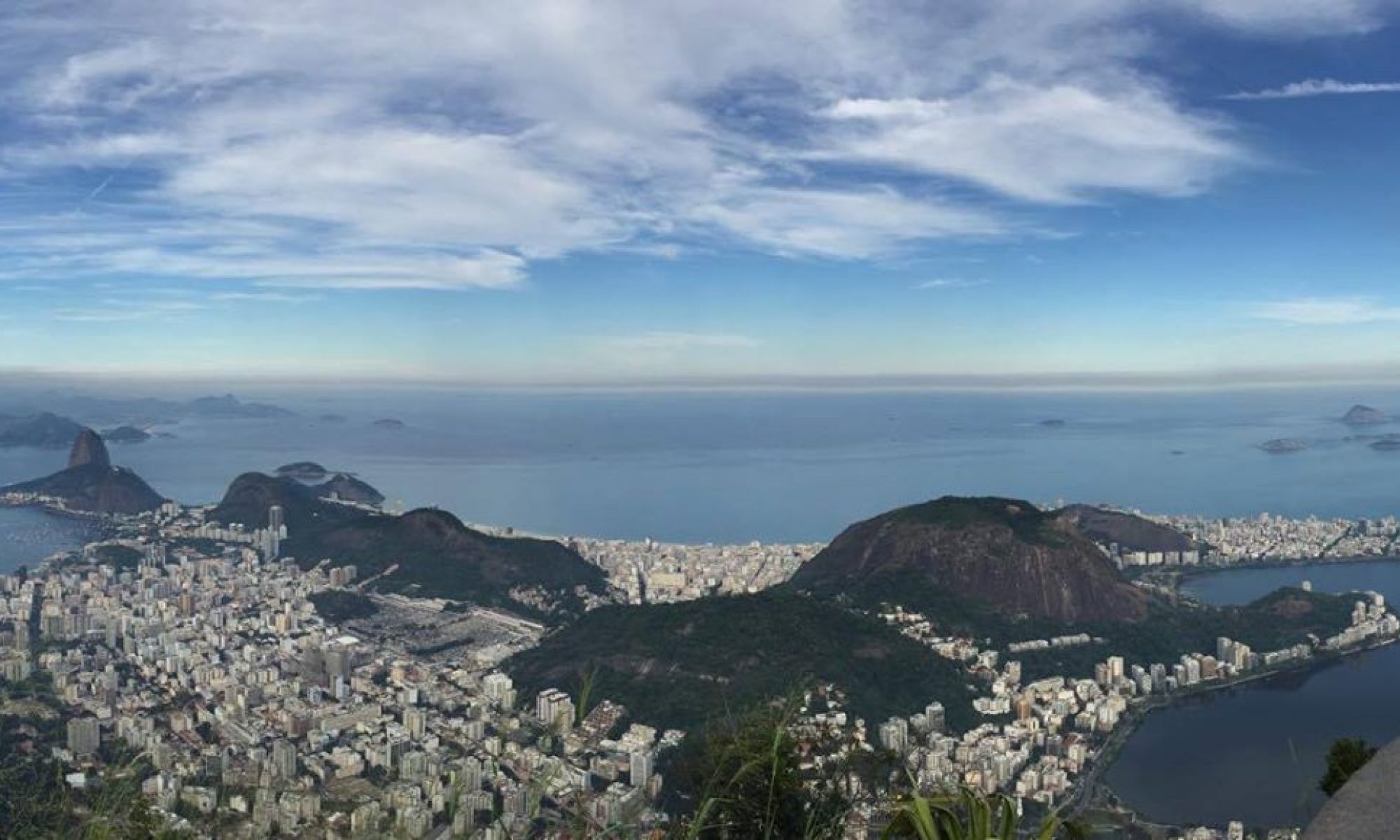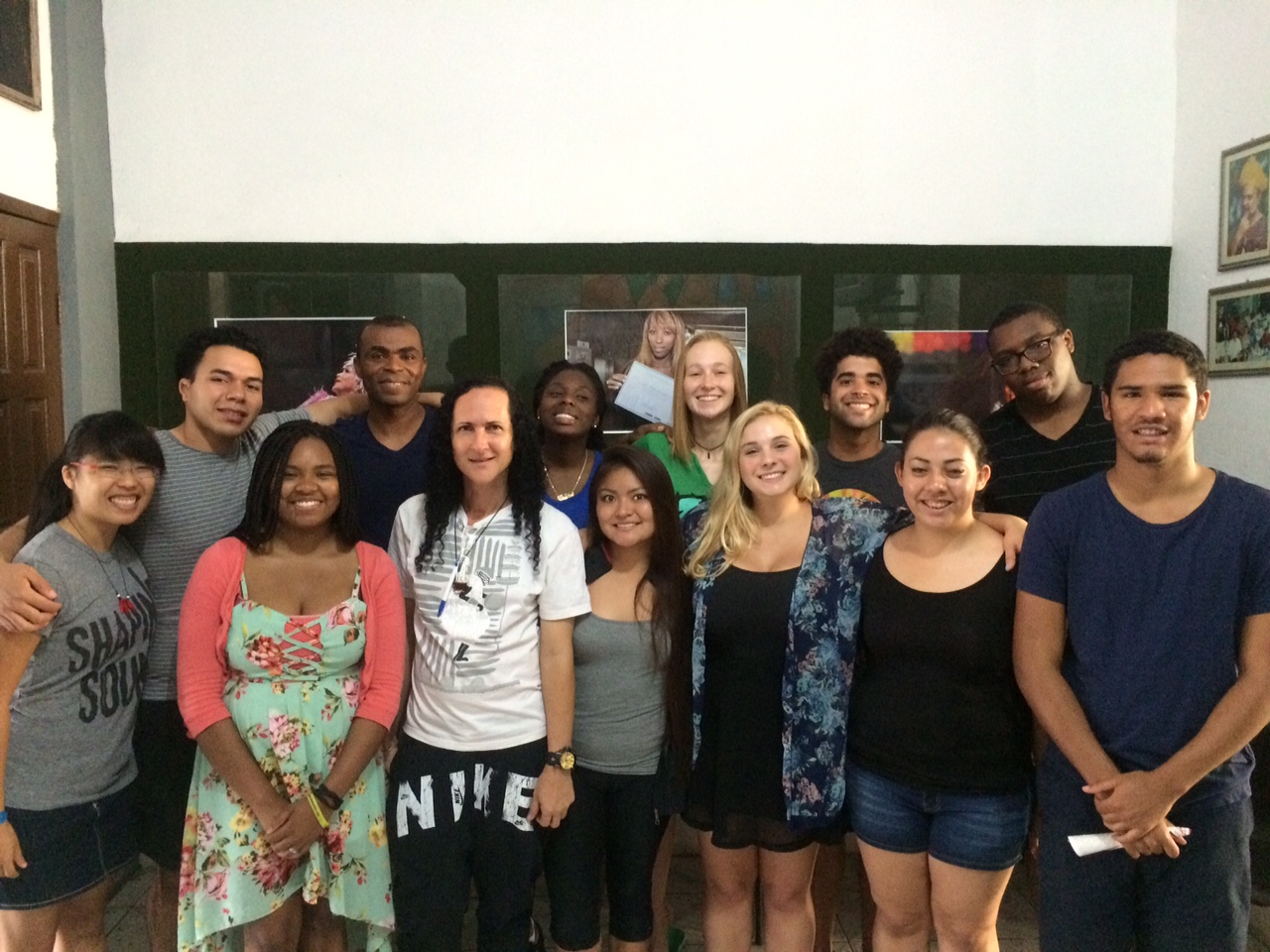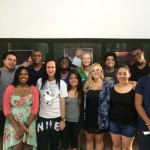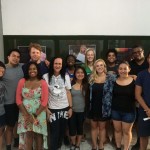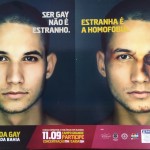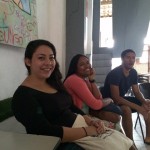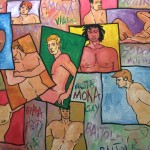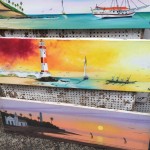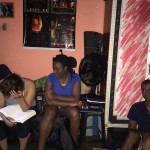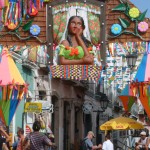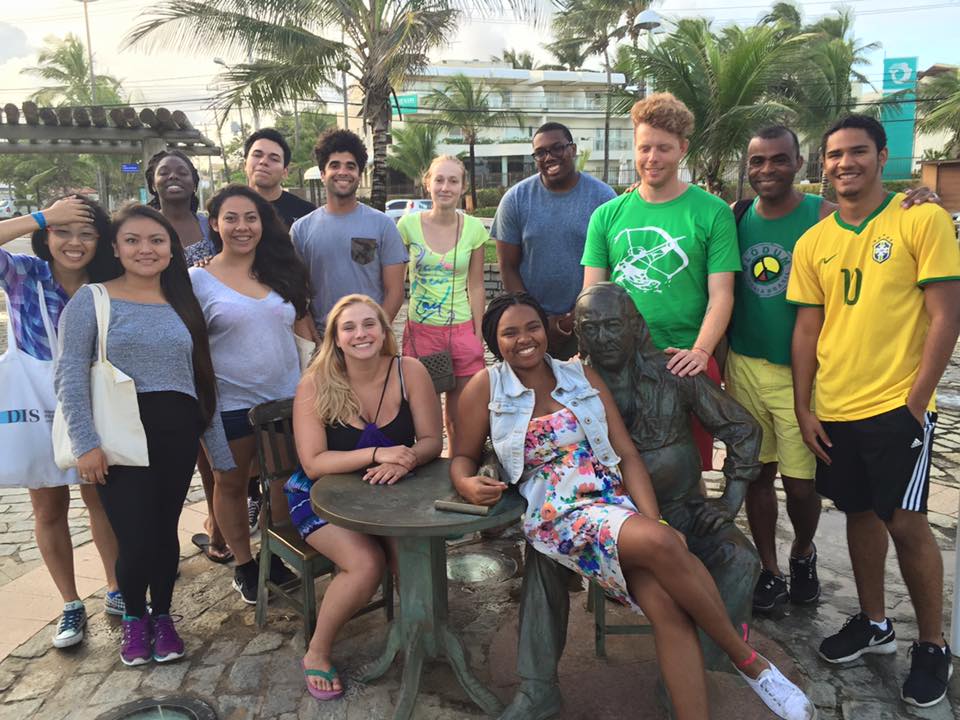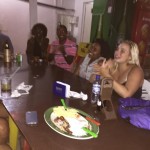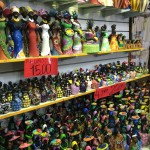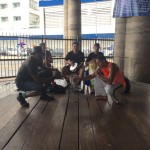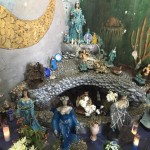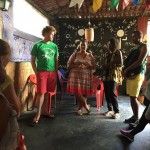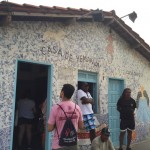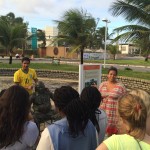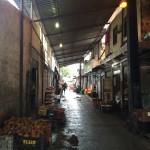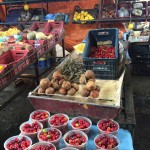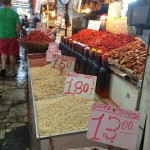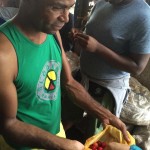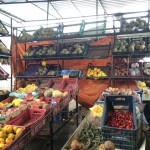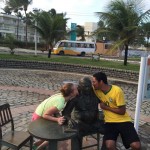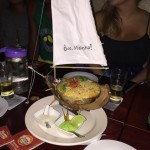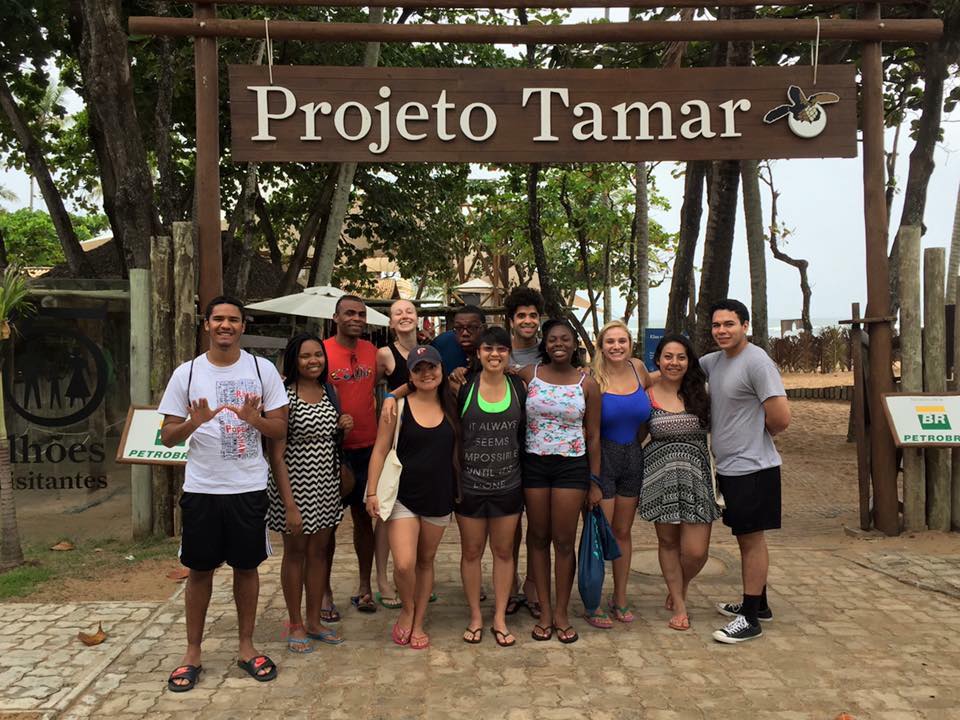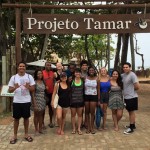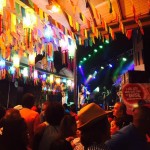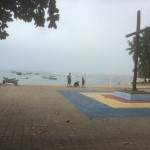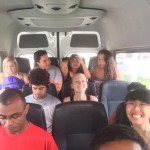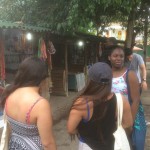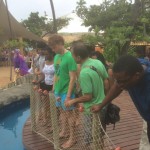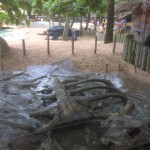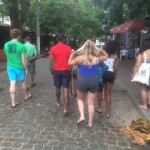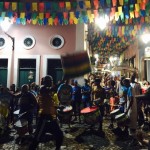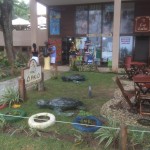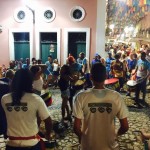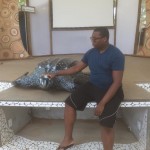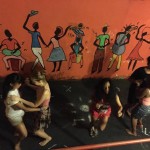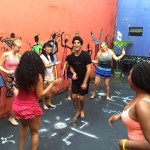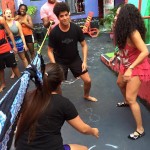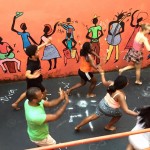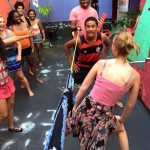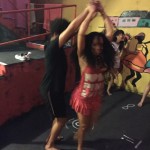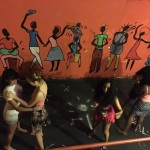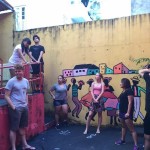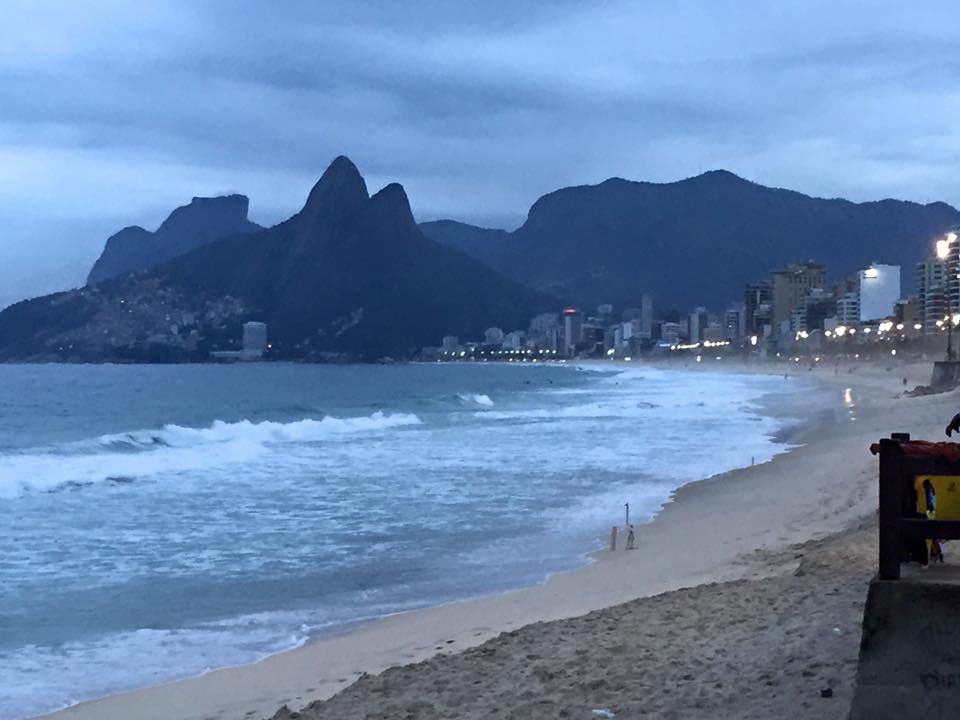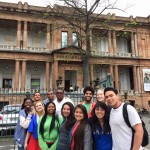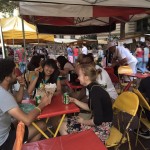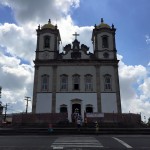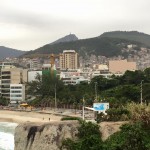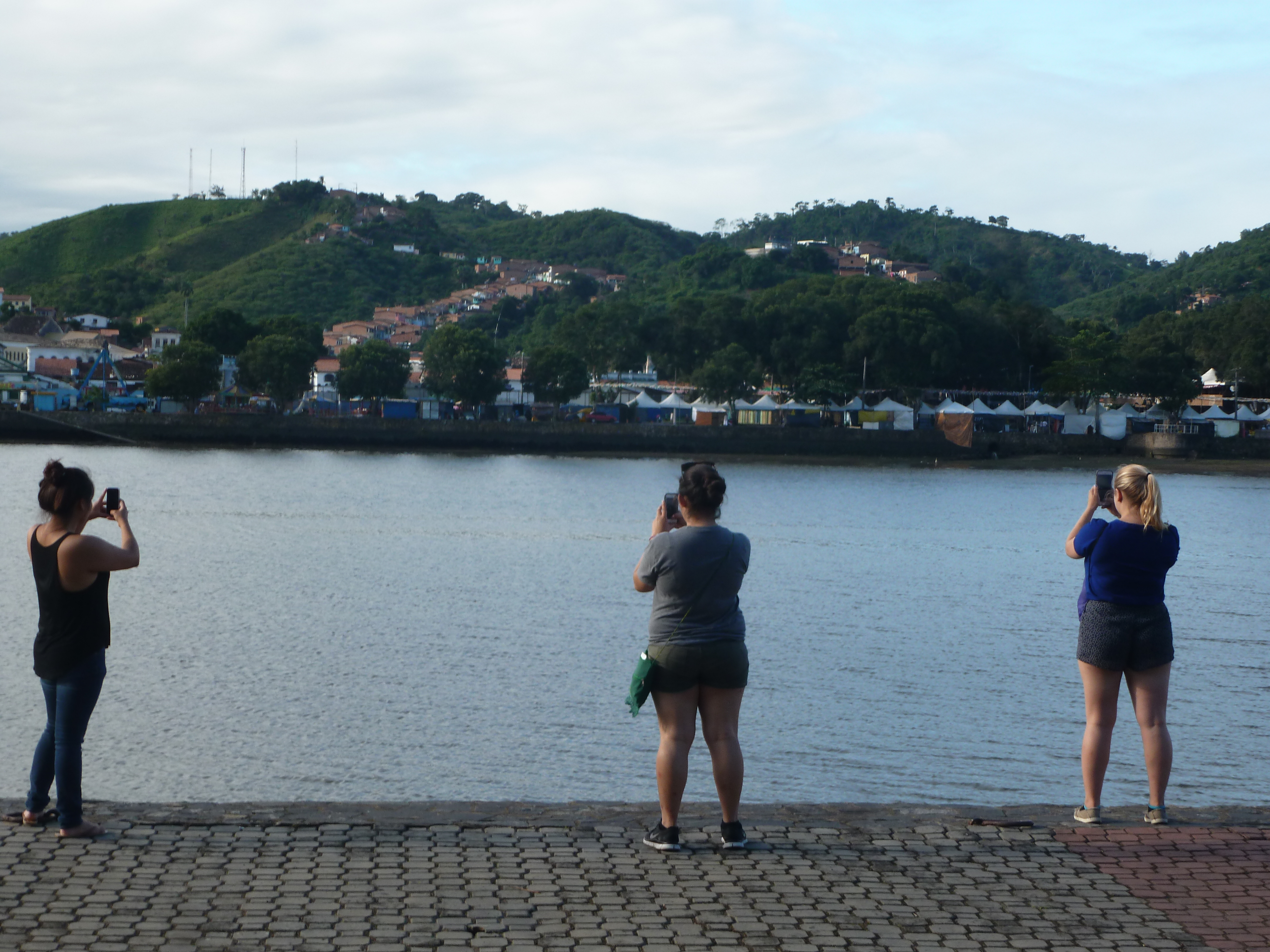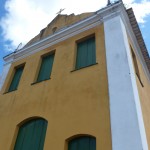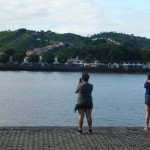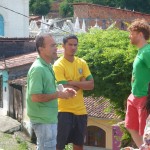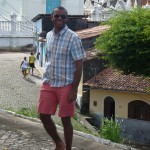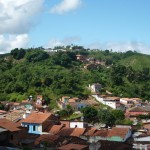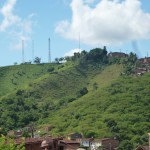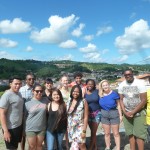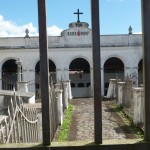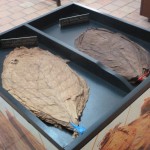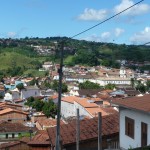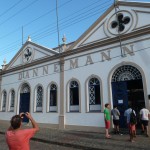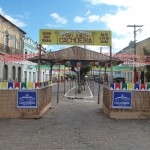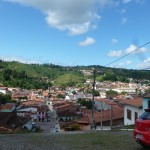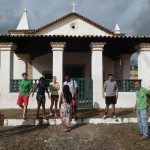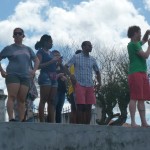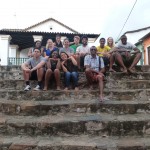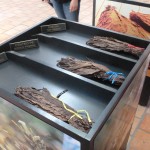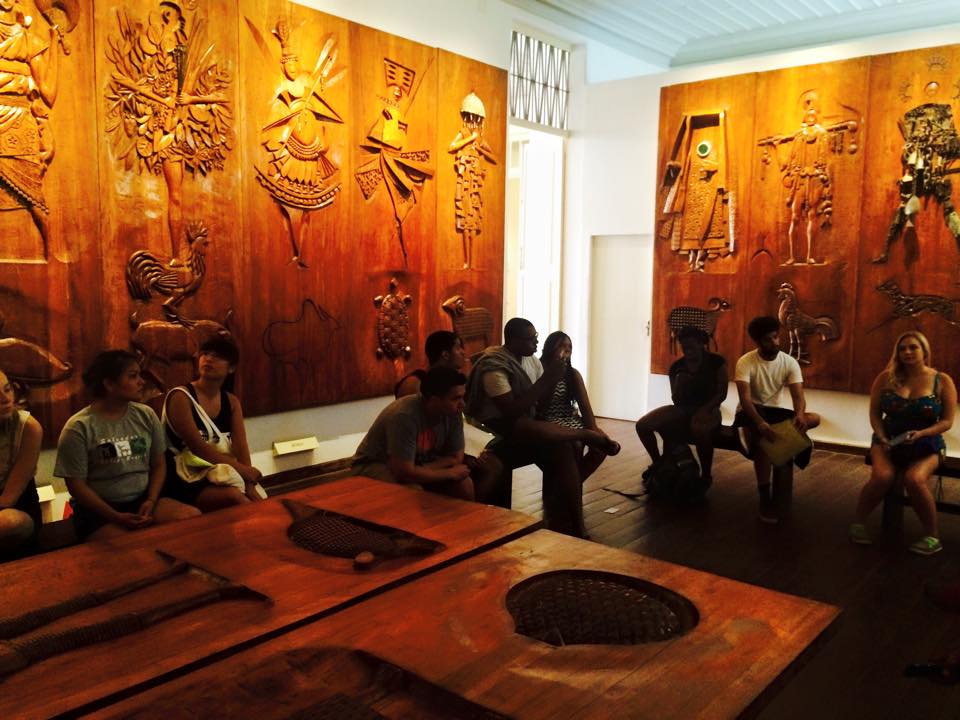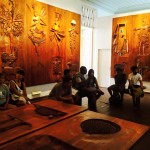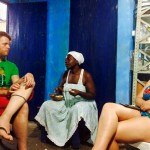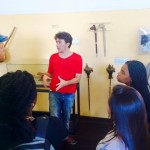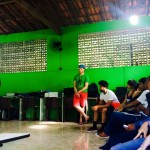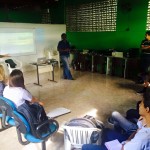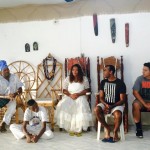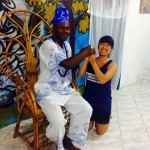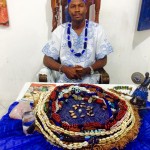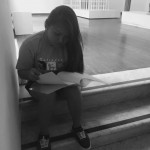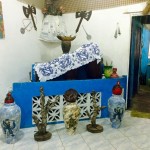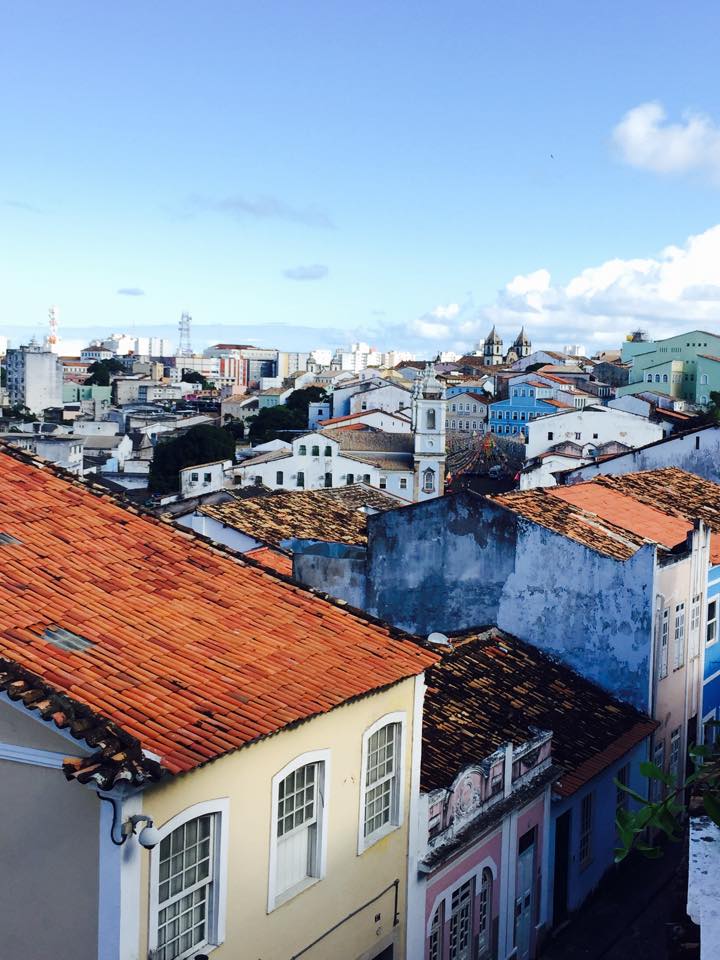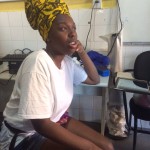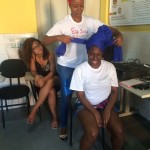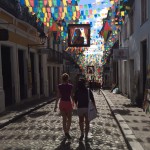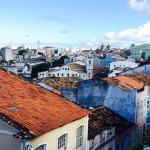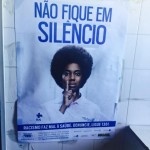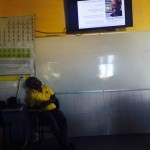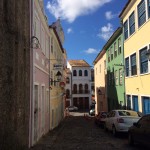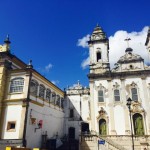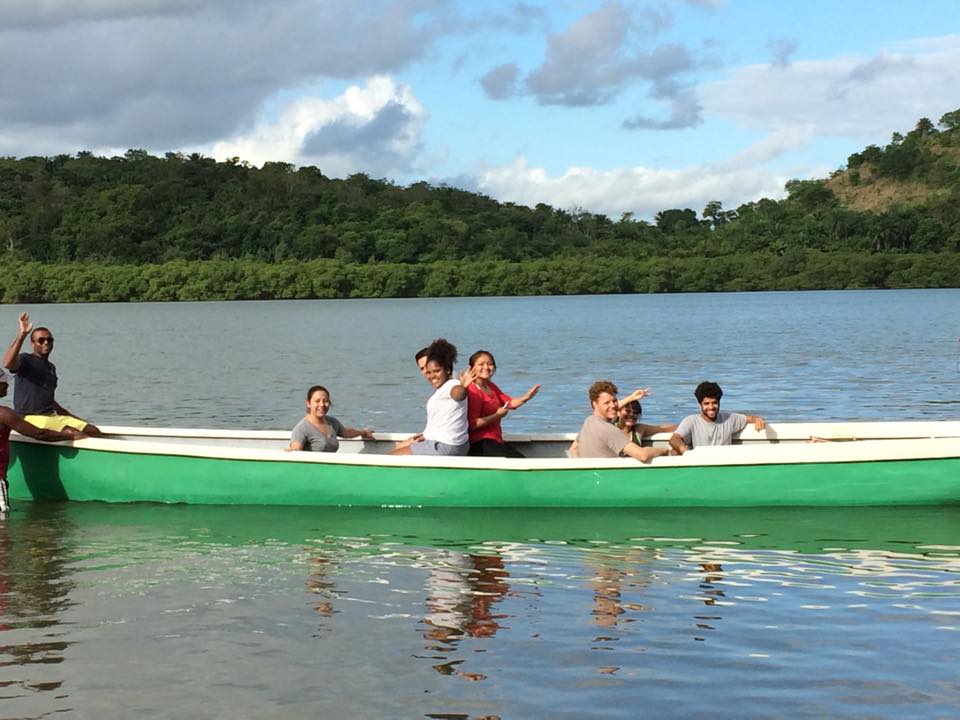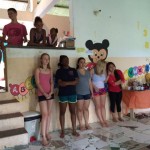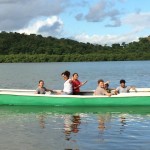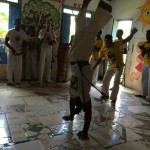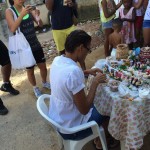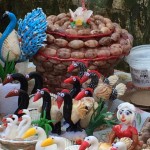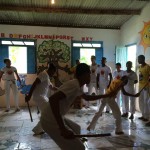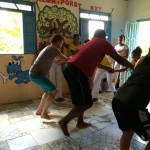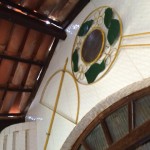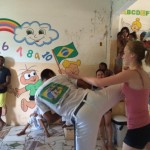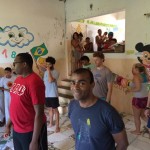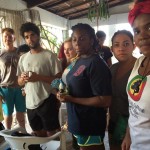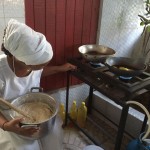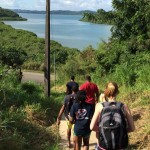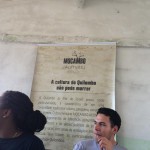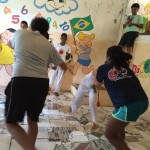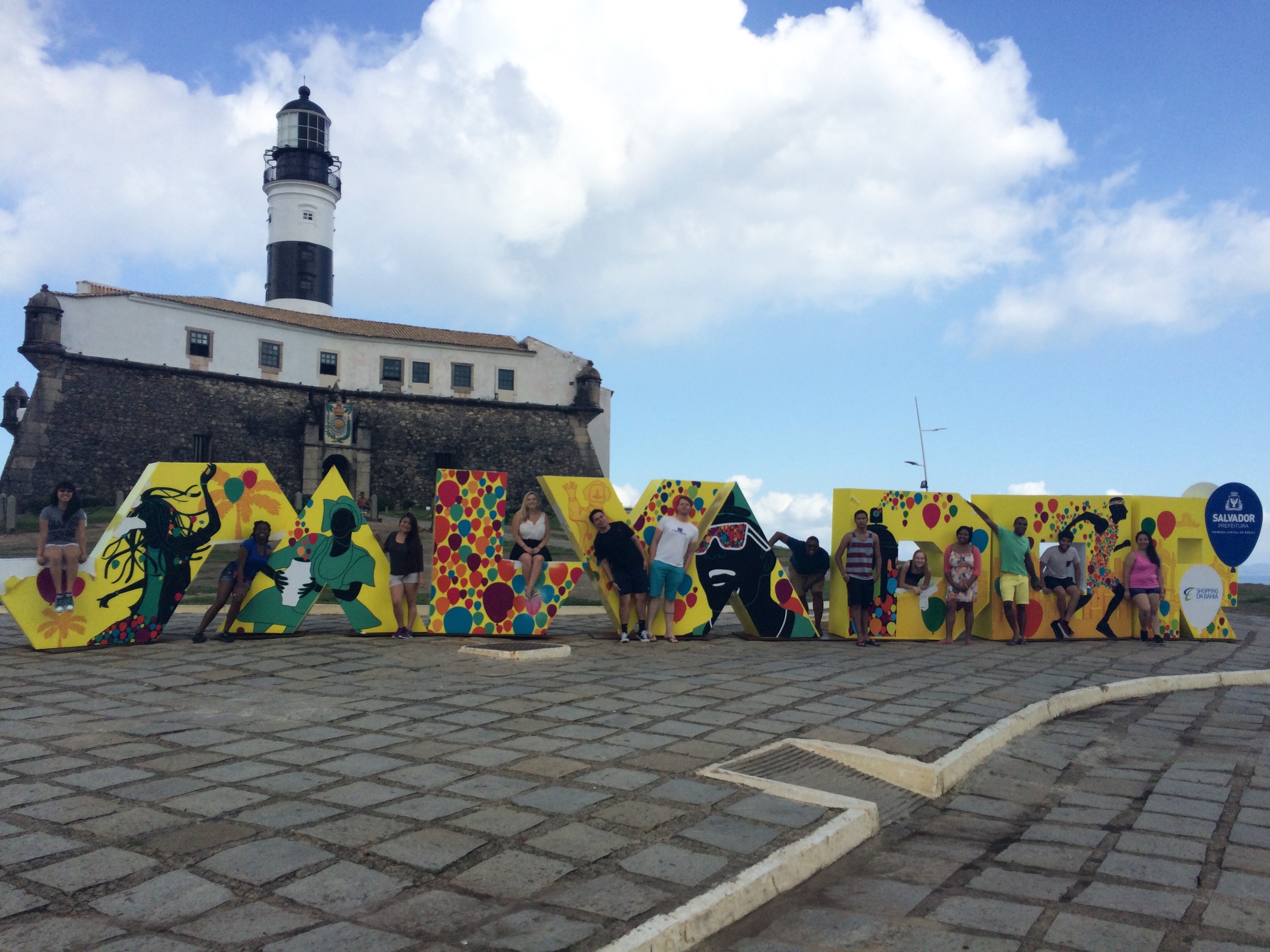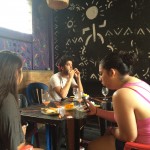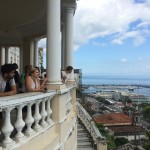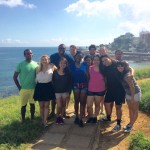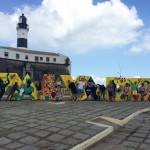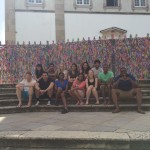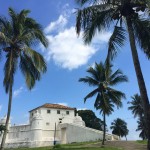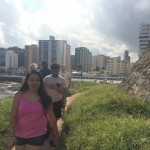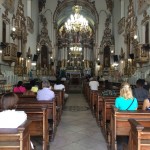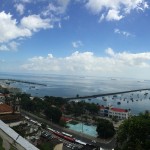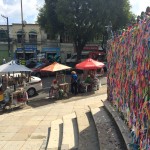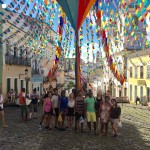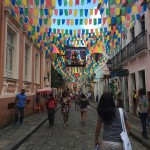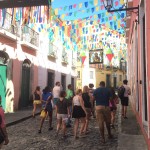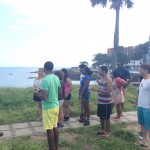June 26, 2015
By: Estiven Rodriguez
As our journey in Brazil slowly comes to an end, we woke up at 9am on a beautiful Friday morning and headed to Pelourinho for a presentation by The Bahia Gay Group.
During the presentation, by Cristiano Santos, the current vice-president of the organization, we learned about many of the issues that the LGBTQ community faces on a daily basis as well as the history of the Bahia Gay Group. The Bahia Gay Group is the oldest LGBTQ organization in the country, established in 1980 by Luis Mott.
Luis Mott created this organization because as he walked by Barra, where we have stayed in Bahia for the past 11 days, holding hands with his partner, he was approached by a stranger who punched him in the face because the stranger thought it was not acceptable to be gay. When Mott went to a police officer he was told that he got what he deserved. Mott realized that Brazil had to become more open minded about the civil rights of the LGBTQ community, because at the time they were not even allowed to simply express themselves in their own country. However, we saw from Cristiano Santos’ presentation that Mott was not unique to the violence that the LGBTQ community faces in Brazil on a daily basis. Hate crimes in Brazil towards the LGBTQ community in comparison to the United States tend to be more prevalent. Many of the victims have had their heads smashed with rocks, have been shot, and have been stabbed and strangled. Professor Barnum told us a story of a father and a son that were attacked after walking out of a bar holding hands. The father was held down while the attackers cut his ear off, interestingly neither one was gay. In Brazil, hate crimes towards the LGBTQ community are a big issue, but the main problem is the amount of homicides towards the LGBTQ community.
In Brazil the assassination of the LGBTQ community is such a problem that every 28 minutes a member of this community is killed. In 2008, 115 LGBTQ peoples were killed, in 2009 there were 198 killed, in 2010 there were 260 killed, in 2011 there were 267 killed, in 2012 there were 338 killed, in 2013 there were 312 killed, in 2014 there were 218 killed, and in 2015 only half way through the year there have already been 112 reported murders. Out of these murders 71% are considered gay, 23% are considered travesties and 6% are considered lesbians (Grupo Gay da Bahia n.d.). It’s clear and simple; the LGBTQ community in Brazil does not have their civil rights protected. The Brazilian government ignores murders related to the LGBTQ community because “73% of cases resulted in acquittals or no arrest” related to LGBTQ murders (Rodgers). The government refuses to pass strict laws that regulate the protection of the LGBTQ community because recently when the law was going to be passed religious groups protested and the law was vetoed. Actually, had this law been in place, the 18 year old transgender that was shot and killed by the police in São Paulo, this week would have been better protected. The government ignores these cases because if people are not middle or upper class citizens then they usually don’t have the money to hire lawyers to persecute the killers allowing many victims to have their cases unsolved. Therefore, the LGBTQ members that have been killed and are belonging to the working class are considered irrelevant because the government does not consider them important enough to solve their cases. Is important to note that even in the LGBTQ community race and class privilege shelters these upper class individuals from the discrimination and violence that many working class individuals face. In “Male Homosexuality in Twentieth century Brazil” James N. Green reveals that because of the hierarchical structure of class relations in Brazil the upper classes, are able to “remained protected from the inconvenience of police interference” (13, 1999) and “A prestigious family name and adequate political and social connections could usually shelter a transgressed son or husband from public scandal”(13, 1999). Therefore Race and class privilege among the elite allows them to be part of the LGBTQ community openly because of their wealth and family name. Even though the government has not made strong efforts to protect the LGBTQ community, certain religious groups have also had a strong influence in slowing the process of empowering this community.
In our presentation, it was interesting to hear that certain religious groups and their political representatives hinder the LGBTQ community from showing society that their lifestyle is not a sin, evil or illegal because of their constant protest and control of the media. In 2004, the ministry of education was going to distribute a packet to educate teachers on how to make the classroom more socially acceptable for students that identified as LGBTQ. Many of Bahia’s religious groups saw it as way to influence students to identify as gay so they decided to make their own packet using information that was misguided influencing the public to force the government to make the packet illegal. Every time the LGBTQ community and groups like the Bahia Gay Group make efforts to make the LGBTQ community safer from violence, they always face an obstacle that forces them back where they started. For example, in order to adopt, gay couples need approval of the government and in order for travesties and transgender people to change their name they need 4 years of therapy.
Bahia has the highest homicide rate of LGBTQ members because even though groups like the Bahia Gay Group focus and fight for the empowerment of this community it is still not socially acceptable to be LGBTQ in Brazil. This post has a lot of statistics that are alarming especially since great efforts are being made to make our society more acceptable to all. However, there was a bit of a positive outcome today as 25 minutes after our presentation the Supreme Court of the United States ruled gay marriage legal in all 50 states. Now all members of the LGBTQ community can get married by law in any state in the US and all LGBTQ marriages prior to the ruling have to be recognized in all states. Finally, even though the United States has made a significant progress in making our society more acceptable it does not mean that we stopped fighting for LGBTQ rights all over the world. In the United States it is still not legal for gay couples to freely adopt children if they choose to while heterosexual couples have the privilege to freely adopt at any time. Many people in the United States still believe that it is not socially acceptable for people of the LGBTQ community to raise children. In conclusion it is not time to give up the fight for LGBTQ rights because around the world and especially in Brazil as James N. Green states in his article 79% percent of people interviewed in Brazil for a poll regarding questions about the LGBTQ community said that they would not accept their son going out with a gay friend (13, 1999).
–
Green, James. “Introduction.” Male Homosexuality Twentieth Century Brazil. Chicago, Illinois: U of Chicago, 1999. Print.
Grupo Gay da Bahia. N.D. “Gay Vivo Não Dorme com O Inimigo.’ Salvador, Bahia, Brazil.
Rodgers, Matthew. “Brazil Has Highest LGBT Murder Rate in the World.” Four Two Nine. N.p., 11 Mar. 2013. Web. 27 June 2015.
Santos, Cristiano. “Visit to Bahian Gay Group.” Bahia Gay Group. Pelourinho. Salvador. 26 June 2015. Lecture.
